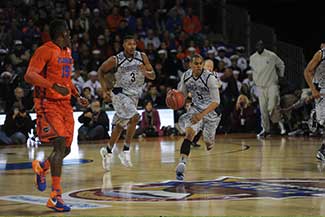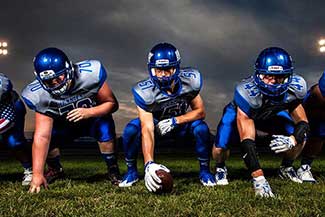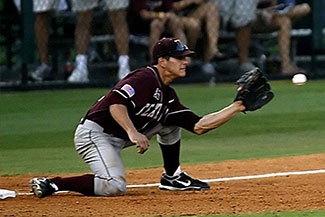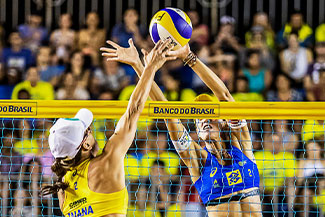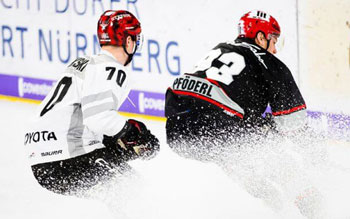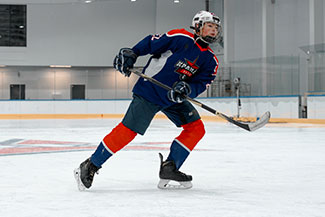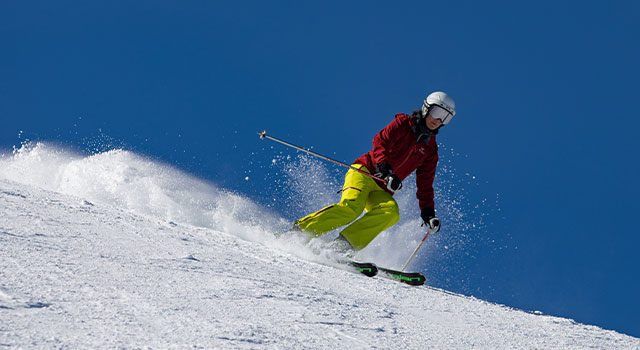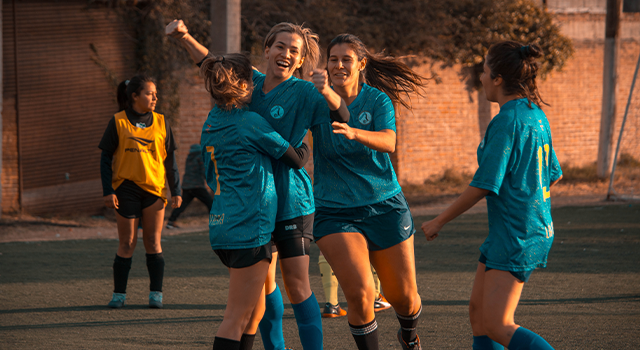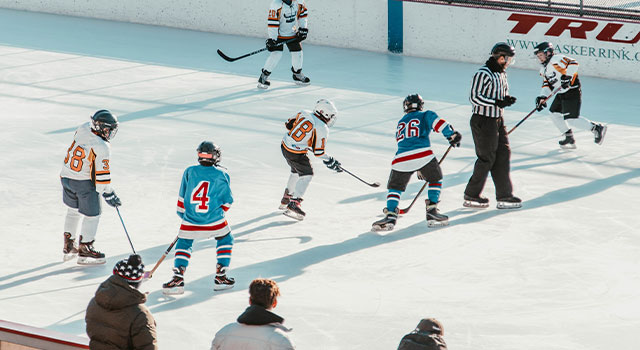
The Visual Skills Needed to Excel in Motorsports
Few sports rely more heavily on visual skills than motorsports, a group of fast-moving competitive events that involve the use of motorized vehicles, whether it be for racing or for recreational purposes. Motorsports include auto car racing, motorcycle racing, motor rallying, and motorboat racing.
Contact Grand Developmental Vision Institute to learn how athletes who participate in motorsports can benefit from a customized sports vision training regimen designed to boost their performance.
What is Sports Vision Training?
Sports vision training is a customized program that improves the communication between your eyes, brain, and body while playing sports and other times as well. Sports vision training helps athletes process information and react faster and more accurately to what they see on the field or raceway.
Sports vision training uses a personalized series of techniques and exercises that train the brain and body to respond more accurately and efficiently to the world around them. The training focuses on improving visual skills like depth perception, hand-eye coordination, dynamic visual acuity, and peripheral awareness.
Importance of Vision Training in Motorsports
Athletes in visually demanding sports need to have remarkable visual skills. This is particularly true when it comes to motorsports, where the ability to focus, track fast-moving objects, and react quickly can mean the difference not only between winning and losing but between staying safe and incurring an injury. So even the smallest increase in processing ability, reaction time, and resilience can put an athlete ahead in the race.
Visual Skills Needed in Motorsports
Competitive drivers in all motorsports are always looking for a competitive edge, yet few are aware that certain visual skills play an integral role in motorsports:
Accommodation and Convergence: Accommodation, also known as focus flexibility, is the eyes’ ability to change focus immediately. Convergence is the ability to keep both eyes working in unison as they track people or objects, such as cars competing on a race track.
Depth Perception: this is the visual ability to perceive the world in three dimensions (3D) and assess the distance of a target or object. This visual skills allows the driver to instantly and accurately judge distance, speed, and dynamics of objects, such as the other cars, motorcycles or boats competing in the race.
Dynamic Visual Acuity: This can be defined as “vision in motion,” or the ability to see, interpret, and react immediately to a rapidly moving object, such as a motorcycle veering toward you while you are also in motion.
Eye-Hand Coordination: Our limbs and the rest of our body respond to the information our eyes send to the brain. If this information isn’t transmitted quickly or accurately enough, the body may not react rapidly enough to prevent an accident. Many drivers’ errors are due to faulty visual judgment, determined by eye-hand coordination.
Peripheral Awareness: Peripheral awareness is your ability to know what is happening at the edge of your vision. A well-developed peripheral field will help an athlete to see everything at once, and sense the flow of the race as it constantly changes.
Every athlete — whether amateur or professional — can benefit from honing their visual skills. Giving athletes the ability to enhance their vision skills is a proven way to improve performance. To learn more about how sports vision training can help you reach your goals, contact us at Grand Developmental Vision Institute and schedule an appointment with one of our sports vision experts.
Our practice serves patients from Winnipeg, Selkirk, Portage La Prairie, and Brandon, Manitoba and surrounding communities.
